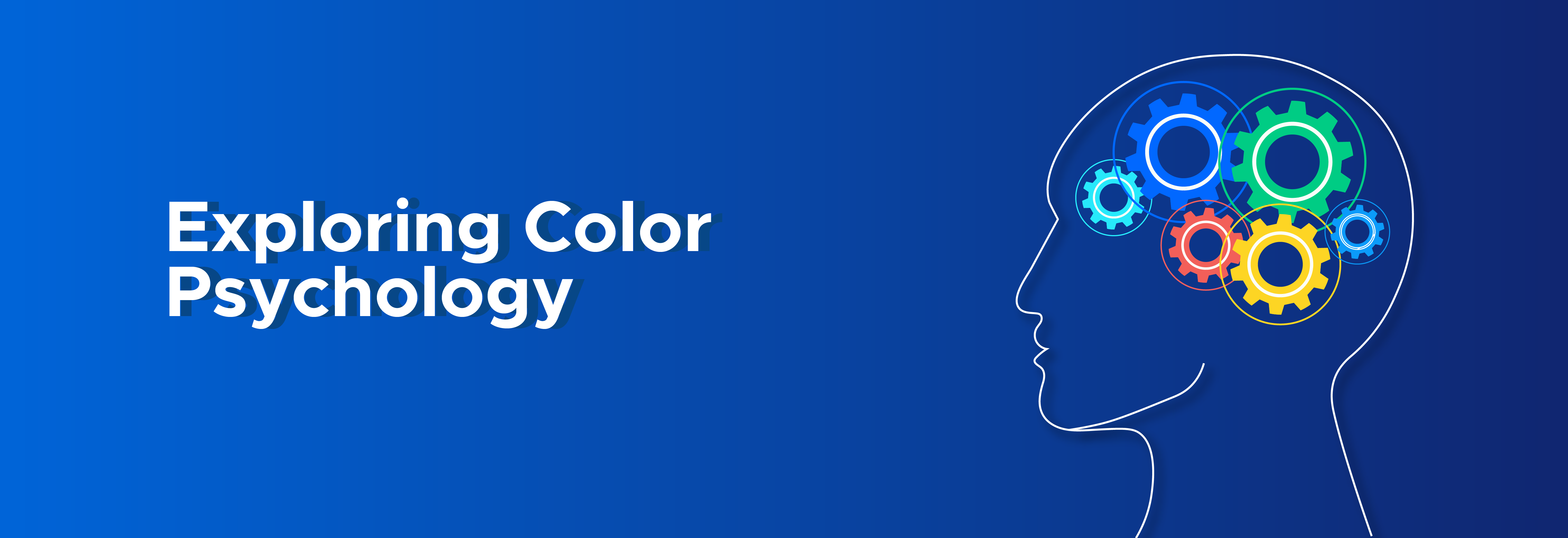What is Color Psychology?
The study of colors and how they affect human behavior’s is known as color psychology. It seeks to ascertain how color influences daily choices, such as the things we purchase. Do we feel pressured to buy a dress because of its color? Do package colors influence our decision to choose one brand over another? Does an icon’s color affect our propensity to click on it? Yes, to answer briefly. The why, though, is a little trickier. Why we like one hue over another can be influenced by the connotations associated with that color. Depending on our upbringing, gender, location, values, and a host of other variables, the same color can also have various meanings.
Different emotions are connected to each color. The way color is used in design can have an impact on viewers’ feelings and dispositions. The user experience can be significantly enhanced and desirable behavior’s, such as conversion rates, can be increased by using colors properly.
Warm Colors
Warm colors include shades of red, orange, and yellow. In general, these colors are energetic and active, with relatively positive connotations.

Red: Red is the most intense color according to color psychology. Consequently, it has the ability to arouse the strongest feelings. The red color meaning is associated with excitement, passion, danger, energy, and action.
Orange: Orange is a symbol for innovation, exploration, zeal, achievement, and harmony in color psychology. Any image, website, or piece of marketing collateral that uses orange has a playful element added to it. Despite being an attractive color, it doesn’t have the same power as red.
Yellow: Yellow is considered the happiest hue in the color spectrum and is closely associated with sunshine and with hope. It can also be linked with caution and cowardice, though.
Cool Colors
Cool colors include shades of blue, green, and purple. Generally speaking, cool colors are more calm and relaxed than warm colors, though specific hues can have different properties.

Blue: Blue is calming and also represents honesty and loyalty (hence its popularity in so many corporate branding color schemes). Blue can be associated with sadness and loss, depending on context. It’s also linked to peace and even spirituality.
Green: Green can represent new beginnings and growth, as well as nature. It has some of the energizing properties of yellow, while also carrying over some of blue’s calming effects. Green is associated with affluence, money, and stability, particularly in darker shades.
Purple: Purple has long been associated with luxury and royalty, but also with mystery and the occult. Lighter purples, such as lavender, are more romantic and associated with spring.
Neutrals
Neutral colors often take on characteristics of the other colors in a palette and can be used to reinforce those influences. The basic neutrals include black, white, gray, brown, and beige.

Black: Black is a popular color in retail. In color psychology, black’s color meaning is symbolic of mystery, power, elegance, and sophistication. In contrast, the color meaning can also evoke emotions such as sadness and anger. it is also a popular color for text as it’s an easy color to read.
White: White is pure and innocent, and often linked to cleanliness. Although in some cultures it can also be associated with death.
Gray: In color psychology, grey represents neutrality and balance. Its color meaning likely comes from being the shade between white and black. It’s one of the most flexible neutrals, as it can be seen as warm or cool, traditional or modern.
Brown: Brown is solid and dependable, and can be associated with nature depending on the context in which it is used. In color psychology highlights that the color meaning for brown relates to comfort, security and a down to earth nature.
Beige: Beige can be warm or cool depending on the colors used around it. It’s generally conservative and can take on the warmth of brown or the coolness of white. It takes on the meaning of the colors around it and often fades into the background, adding little psychological influence on its own.
Conclusion
There is no one perfect color scheme for every application, but understanding the psychology of colors can help create great user experiences. This is why user testing is so important when developing a color scheme that is tailored to the particular use scenarios it will be subjected to. In one situation, a red button might perform better than both a green and a yellow button in terms of conversion rates.




